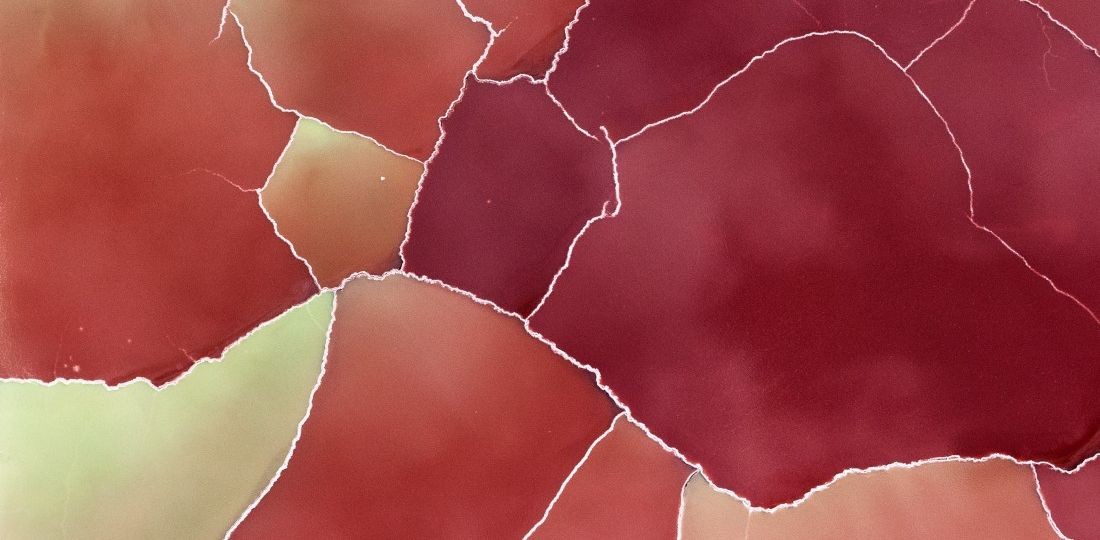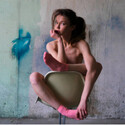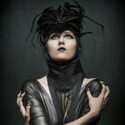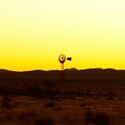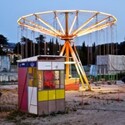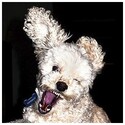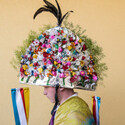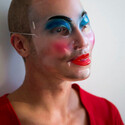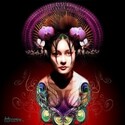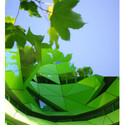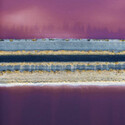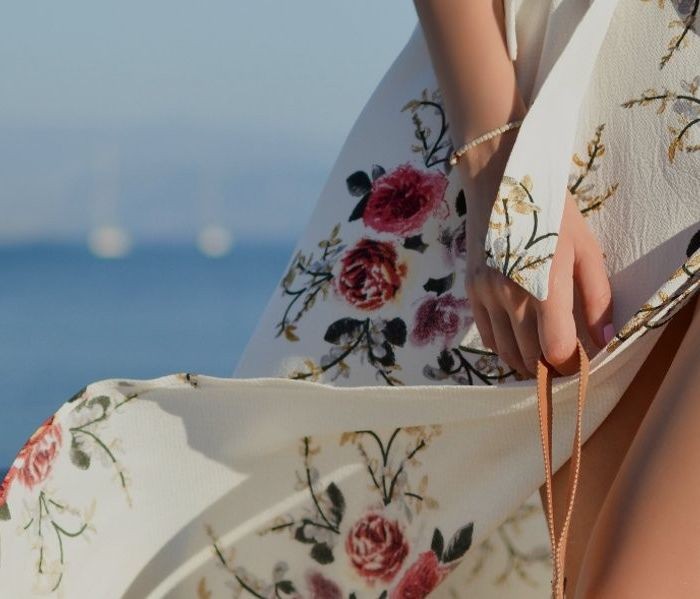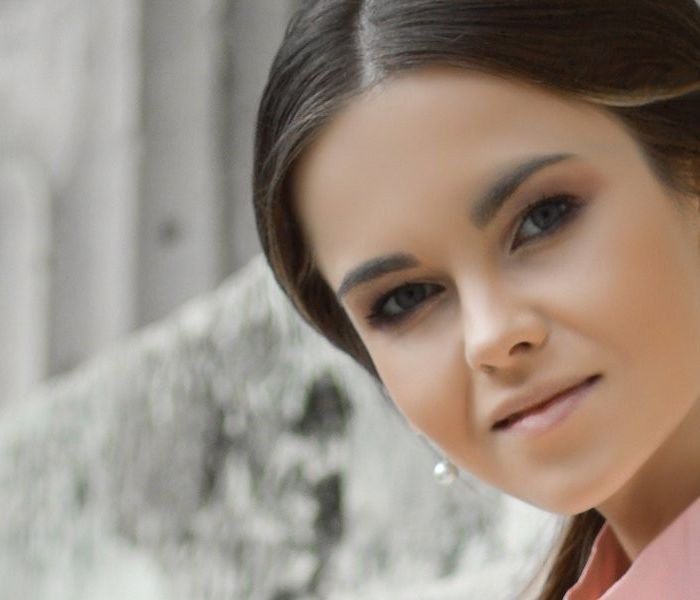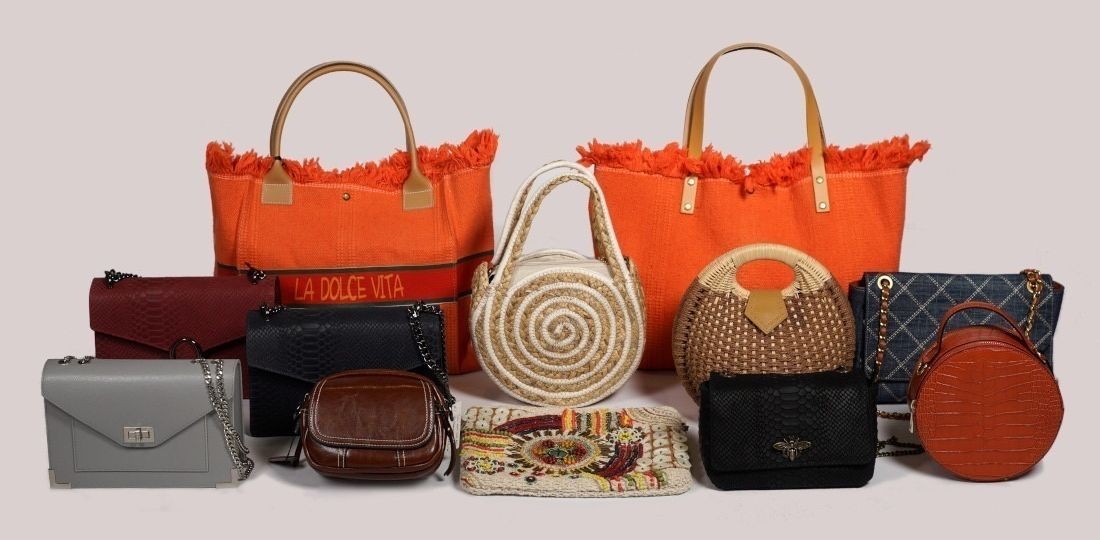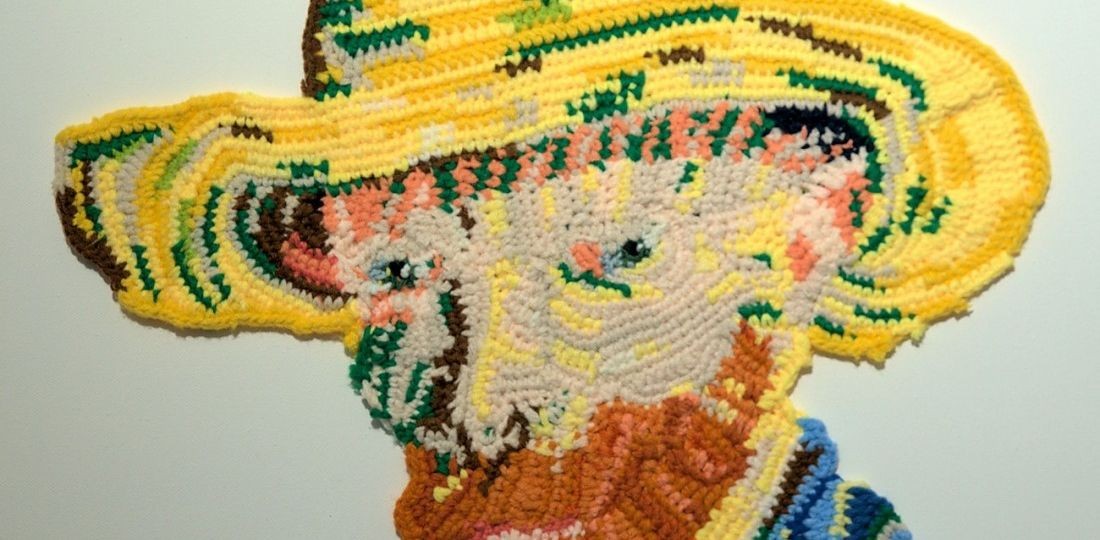Par Stéphan
Blog - Photographies d'art Gazette Images - Studio et Photographies d'Art
8 janvier 2024
L’investissement dans la photographie d’art : Une vision lucrative et artistique
L’investissement dans la photographie d’art : Une vision lucrative et artistique
Un marché en croissance.
Warning: Undefined array key "id" in /home/clients/8ec5fec46fde9c2d45b5d0f81fba5f5e/sites/woo.audacieuse-galerie.ch/wp-content/plugins/elementor/includes/controls/groups/image-size.php on line 110
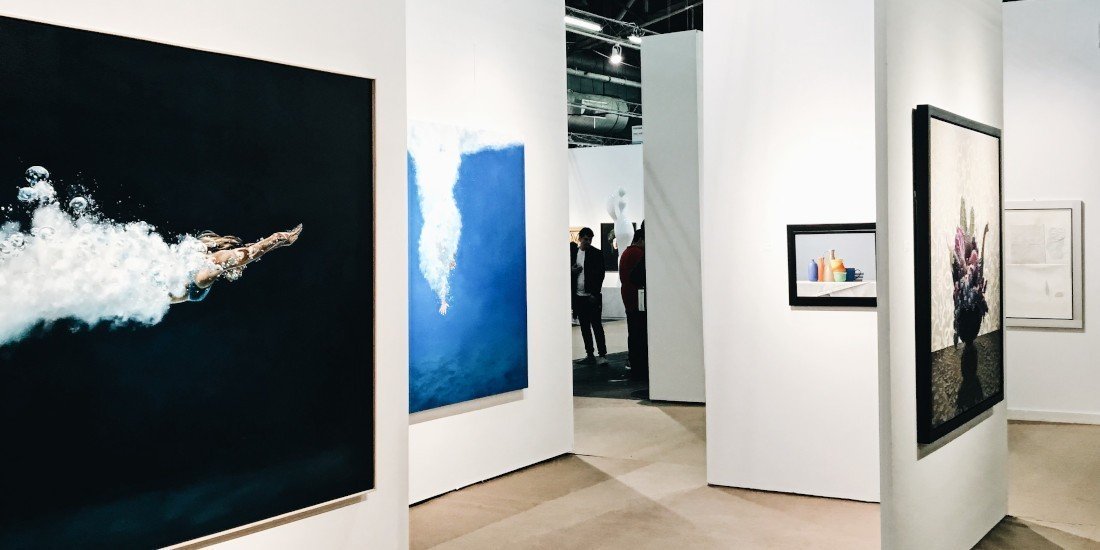
La photographie d’art, souvent sous-estimée en tant que classe d’actifs, émerge aujourd’hui comme un domaine d’investissement passionnant et prometteur. Les collectionneurs et les investisseurs reconnaissent de plus en plus la valeur financière et esthétique des œuvres photographiques, faisant de cet univers un marché dynamique et en plein essor.
La Photographie d'Art : Un marché en croissance
Selon le rapport du marché mondial de l’art de 2023, la valeur du marché de la photographie d’art a connu une croissance significative au cours des dernières années, avec une augmentation de 15% par rapport à l’année précédente. Cette tendance à la hausse témoigne de l’intérêt croissant des investisseurs et des collectionneurs pour ce medium visuel unique.
Rendements Impressionnants :
Les rendements des investissements dans la photographie d’art sont tout aussi impressionnants que les images elles-mêmes. Une analyse des ventes aux enchères de photographies d’art au cours des cinq dernières années révèle un rendement moyen de 8,5% par an. Cela dépasse de loin la performance de nombreuses autres classes d’actifs traditionnelles.
La photographie d'art comme diversification de portefeuille :
Les experts financiers recommandent de diversifier son portefeuille pour réduire les risques. La photographie d’art offre une opportunité unique de diversification, car sa valeur n’est pas toujours corrélée aux fluctuations des marchés financiers traditionnels. En période d’incertitude économique, la stabilité relative de ce marché en fait un choix attractif.
Des noms renommés et des nouveaux talents :
Le marché de la photographie d’art présente une combinaison intéressante de noms établis et de nouveaux talents prometteurs. Les œuvres d’artistes renommés comme Ansel Adams, Cindy Sherman et Andreas Gursky sont des investissements solides, tandis que les photographes émergents peuvent offrir des opportunités d’achat à des prix plus abordables, avec un potentiel de croissance significatif.
L'accessibilité numérique :
Avec l’avènement de la technologie numérique, l’achat et la vente de photographies d’art sont devenus plus accessibles que jamais. Les plateformes en ligne permettent aux investisseurs de parcourir un large éventail d’œuvres, facilitant ainsi l’entrée sur ce marché. De plus, la possibilité de posséder des éditions limitées ou des tirages numériques offre une flexibilité accrue aux investisseurs.
Investir dans la photographie d’art n’est plus seulement réservé aux amateurs d’art passionnés. Les chiffres parlent d’eux-mêmes, démontrant la viabilité financière de ce marché en pleine expansion. Avec des rendements attractifs, une diversification de portefeuille efficace et une accessibilité croissante, la photographie d’art offre une opportunité unique pour les investisseurs et les collectionneurs de fusionner rentabilité financière et appréciation artistique. Ne manquez pas l’occasion de capturer la beauté de cet investissement florissant.
Stéphan / À propos de l’auteur
Stéphan, photographe et réalisateur, a commencé sa carrière derrière l'objectif, avant de se lancer dans la réalisation de documentaires et de films publicitaires. En 2016, il fonde son propre studio et galerie, où fusionnent visuels percutants et innovations du marketing digital. Sa démarche avant-gardiste explore les frontières de l’art et de la communication numérique, capturant avec brio et justesse, l'essence du monde contemporain.


